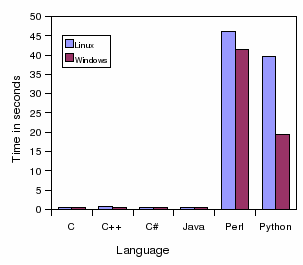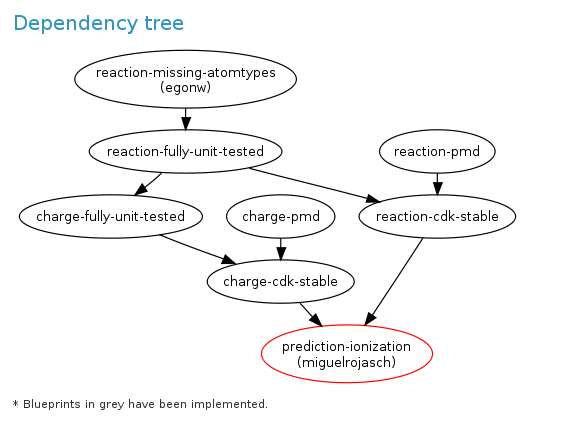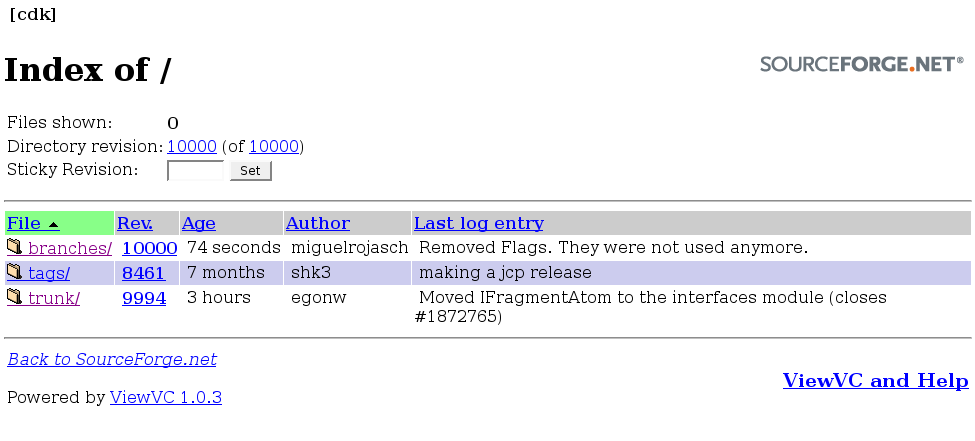-
CDK close to entering Debian
Michael Koch (aka man-di) and Daniel Leidert (as part of the pkg-java team) have worked on packaging the CDK. The ran into some issues, such as the CDK build system not perfectly compatible with the Debian java libraries in /usr/share/java. Both detection of the available libraries as well as putting them in the classpath, caused trouble with the CDBS-based build system wrapping around the Ant build.xml (note the many commit this weekend ;).
-
Simple, Open Bug Track System: social bookmarking
Jim replied to the request by Anthony in my blog for a bug track system for CrystalEye (in beta), after a discussion on the CIF processing pipeline (see here, here, here and here).
-

Performance: C, C++, C#, Java, Perl and Python
Mathieu Fourment (et al.) just published a paper on some performance testing on 6 programming languages in BMC Bioinformatics: A comparison of common programming languages used in bioinformatics (doi:10.1186/1471-2105-9-82). The below figure is from the paper, for a sequence alignment exercise (copyright with paper authors, OpenAccess license of journal):
-

Defining Development Goals: LaunchPad complements SourceForge
Today, Miguel (who made the 10000th CDK commit) and I gave LaunchPad a go, because if offers a nice GUI for planning and monitoring source code development. We have set up a CDK team and a CDK project. LaunchPad has overlap with SourceForge functionality, but they idea is not to duplicate functionality. Moreover, we do not translate the CDK either, so that LaunchPad functionality is not useful either. Not for the CDK at least; maybe for Jmol and Bioclipse?
-
Why chemistry-rich RSS feeds matter...
Peter wrote up an item on Nick’s CrystalEye’s RSS feed, and I have been enthusiastic about chemistry-enriched RSS feeds for some time. CMLRSS has the chemical data inline in the RSS; see DOI:10.1021/ci034244p, the use of CMLRSS in Chemical blogspace described here and here, and the CMLRSS support in Bioclipse.
-
My PhD Thesis: in color and grayscale
Wednesday is my regular day off from my metabolomics work, and today I am finalizing the layout of my thesis, which I’ll defend on April 2. The print version will feature grayscale images with some of them in color too. However, the PDF version that will end up in our university repository should have color prints. So, while halfway creating suitable grayscale versions of the image, I realized I was not doing it properly. I was replacing the images; so, I lost the color version. Not good.
